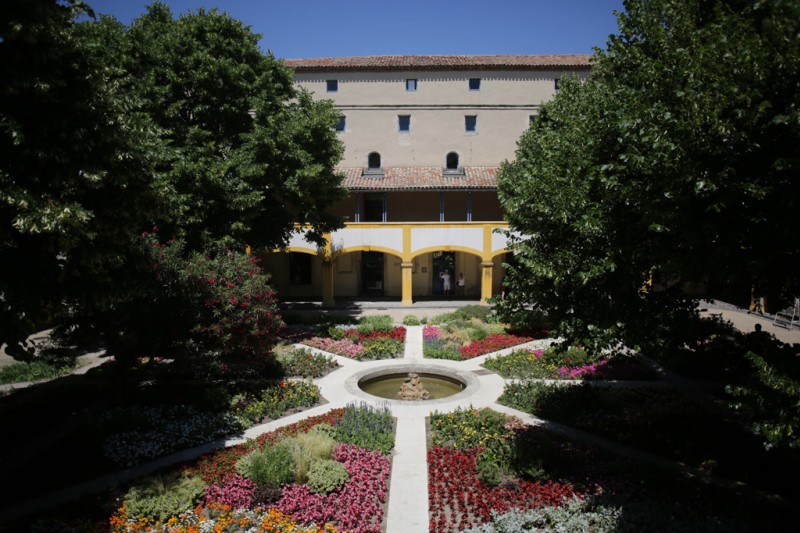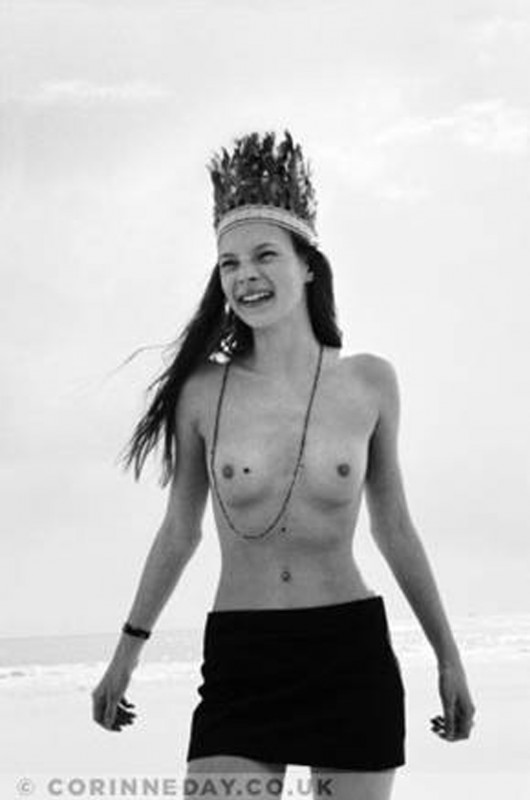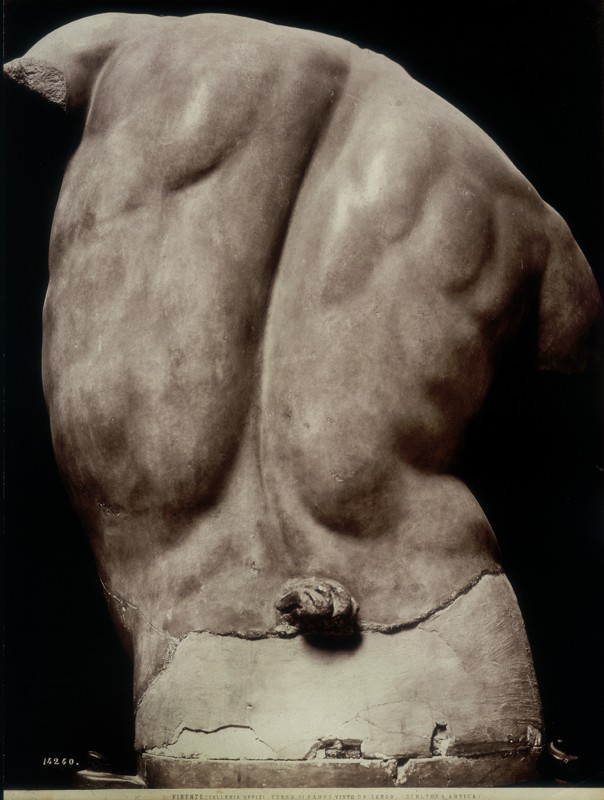Home → EXHIBITIONS 2012 → Collections, commissaires d'exposition diplômés de l'ENSP → Documents for alternative information
Edition 2012
The ENSP within the centre national des arts plastiques collections
Documents for alternative information
Photography is a tool of critical representation of contemporary realities. From the outset, its very conception was driven by the need to record manifestations of reality; to constitute inventories, memoirs and archives of it, along with records of that which resists representation: this silence of reality which prevents affirmation but permits the correct questions to be asked. Examinations of reality, developed by these investigators acting freely through artistic activity, have enabled a ‘new narration of the world’, to quote Riccardo Petrella. In order to describe contemporary conditions of life and work, one needs to carefully observe the environment in which these existences develop. In an exceeding and redefining of photographic genres, the landscape category has seen itself reformulated into an analytical examination of living environments, from the expansion of the urban to the establishment of industry in landscape and its irrigation by transport and energy flows. Investigations into the human community respond to these post-documentary descriptions of the environment, which go beyond descriptive objectivity to propose a critical reading. While calling on the tools of a cognitive approach employed by sociologists, historians, geographers and anthropologists, these artists deploy work methods based on the demands of an encounter, of a shared experience and of a prolonged time span in which the work evolves, oblivious to imperatives of speed and illustration. These photographers share the decisive choice of working in geographically and historically situated sites and with individuals and communities with whom they establish a collaborative relationship regarding the production of the image. They have affirmed the need to be both witnesses of, and participants in the realities within which they work. They do not prepare a case for judgment but contribute to the proposition of representations alternative to those supplied in abundance by the mass media and by the cultural industry. The sense of profusion generated by information hyperactivity masks profound shortages of representation. A large part of social reality is quite simply not represented by the communications sphere. It is here that ‘the crime in information’, already denounced by Jean-Luc Godard in Numéro Deux (1975), is situated. The dominant systems of representation ignore and deform everything that makes up the richness of everyday life. More than ever before, art is the place where alternative images can be invented, through much more accurate research but also through an ethic of the act of representation. These photographers invent another information. The images they offer to us do not pretend to provide a universal explanation of all the constitutive phenomena of the illegibility of an era that calls itself and wants to be ‘complex’. But they offer a new, original knowledge about situated facts of which we are the contemporaries, by redefining artistic activity as a laboratory of knowledge production.
Pascal Beausse, curator and head of the Centre National des Arts Plastiques photographic collections.
Pascal Beausse, curator and head of the Centre National des Arts Plastiques photographic collections.
Exhibited photographers: Philippe Bazin, Pierre Faure, Valérie Jouve, Andrea Keen, Olivier Menanteau, Jürgen Nefzger, Mathieu Pernot, Red Caballo and Bruno Serralongue.
Exhibition organised in collaboration with the Centre National des Arts Plastiques, Paris.
Exhibition venue: Espace Van Gogh.









